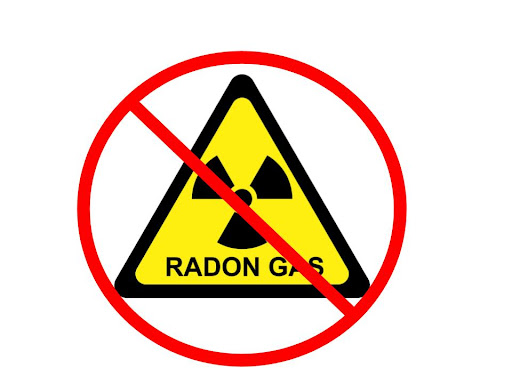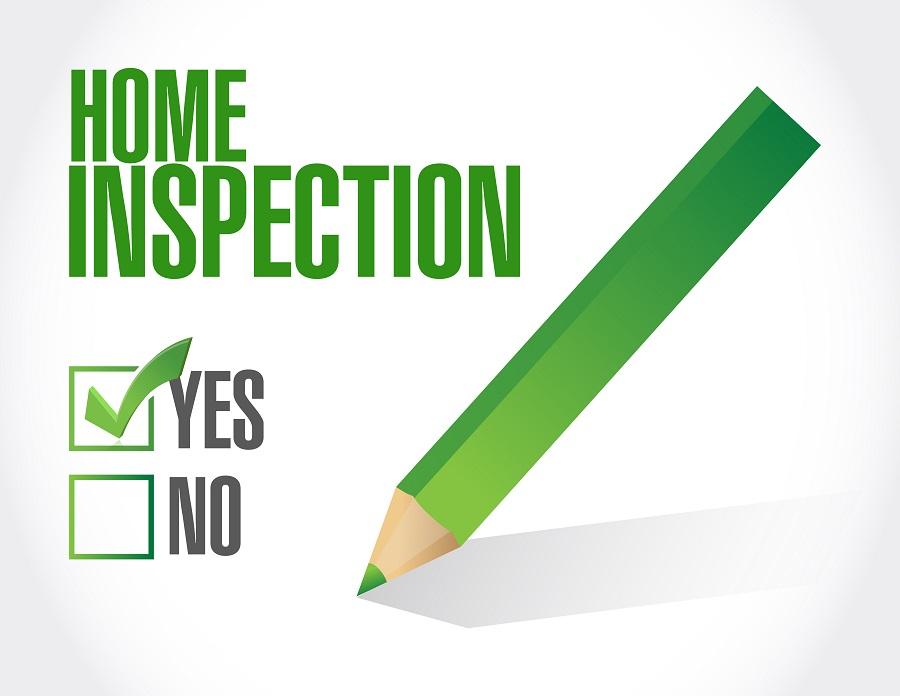
Radon testing in Illinois homes is imperative for ensuring the health and safety of residents. Illinois, like many states, has varying levels of radon due to its geology and topography. This naturally occurring, radioactive gas can infiltrate homes, leading to potentially severe health risks. Understanding radon, its dangers, and the importance of testing are the first steps toward safeguarding your home environment.
What Is Radon?
Radon is an odorless, tasteless, and invisible gas produced by the decay of naturally occurring uranium in soil and water. It is considered a significant health risk, second only to smoking as the leading cause of lung cancer in the United States. Radon levels vary significantly from one location to another, and the only way to know the radon level in your home is through testing.
The Environmental Protection Agency (EPA) recommends that all homes be tested for radon, especially if located in a high-radon area. Illinois has been identified as having elevated radon levels in many regions, making testing a critical consideration for homeowners and potential homebuyers. The Illinois Emergency Management Agency (IEMA) also advocates for radon testing and offers resources for understanding local radon statistics.
How Do I Get My Home Tested for Radon?
Choosing the right radon test is vital. There are short-term and long-term tests available, each with its advantages and considerations. Short-term tests are suitable for initial screening and are typically left in the home for 2-7 days. Long-term tests, which can last up to one year, provide a more accurate picture of average radon levels, accounting for fluctuations across seasons. It’s essential to follow the test instructions carefully and position the test kit correctly for accurate results.
Professional radon testing is also an option for those seeking comprehensive results. Licensed radon professionals can offer more precise testing and are trained to interpret results effectively. They use sophisticated equipment to measure radon levels and can provide detailed reports and recommendations for mitigation if necessary.
Radon mitigation is the next step if high levels are detected in your home. Various techniques can reduce radon levels, such as soil suction, which draws radon from beneath the home and vents it outside. Sealing cracks in the foundation and improving ventilation can also help reduce indoor radon levels. A qualified radon mitigator can assess your home and suggest the most effective methods for your situation.
The cost of radon testing and mitigation varies, but it’s a worthy investment in your family’s health. Testing kits can be affordable, and professional testing and mitigation costs can be offset by the long-term health benefits. Some home insurance policies might cover these services, so it’s worth checking with your provider.
Regular radon testing is also crucial, even after initial tests show safe levels. The EPA recommends testing your home every two years or after any significant renovations or changes to your home’s structure. This regular testing ensures continued safety from radon exposure as conditions in and around your home change.
Should Home Buyers or Sellers Test for Radon?

For those buying or selling a home in Illinois, radon testing is a significant consideration. Illinois law requires sellers to disclose known radon hazards, and many homebuyers opt for radon testing as part of the home inspection process. A radon mitigation system can also be a selling point, showing potential buyers that the home is safe and well-maintained.
While radon is a serious concern, it’s important to approach testing and mitigation with a calm and informed mindset. Fear should not drive decisions, but rather a commitment to health and safety. Understanding the facts about radon and the effective methods available for its reduction can lead to a more positive and proactive approach.
The community and government resources in Illinois provide support and information for those dealing with radon issues. The Illinois Emergency Management Agency, for example, offers a variety of resources, including lists of licensed radon professionals, test kit information, and educational materials. Utilizing these resources can provide guidance and peace of mind.
Conclusion
Radon testing in Illinois homes is a vital measure for ensuring a safe living environment. Understanding the risks of radon, choosing the right test, and seeking professional assistance if needed are key steps in protecting your and your family’s health. If high radon levels are found, prompt mitigation can effectively reduce risks and provide a healthier home environment.
For Illinois residents concerned about radon or those seeking peace of mind, contacting a professional like Lucent Home Inspections is an excellent next step. With expertise in home inspections, Lucent Home Inspections can provide the necessary services and guidance to ensure your home is safe and radon-free. Don’t hesitate to reach out and take the important step of protecting your home and loved ones from the risks of radon.